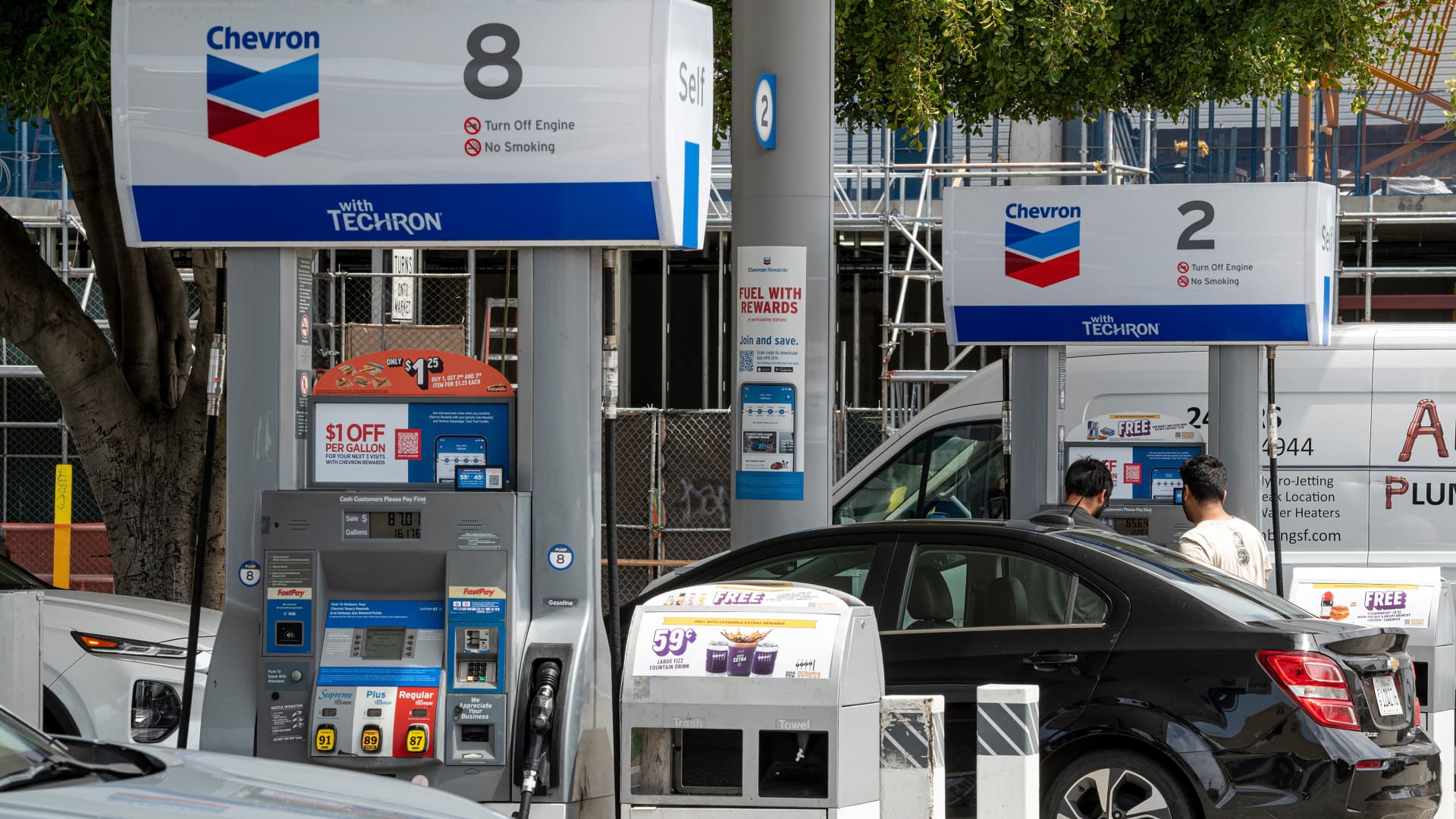Inflation stayed stubbornly excessive in April, probably reinforcing the probabilities that rates of interest may keep greater for longer, according to a gauge launched Friday that the Federal Reserve follows carefully.
The private consumption expenditures value index, which measures a number of items and providers and adjusts for adjustments in client conduct, rose 0.4% for the month excluding meals and power prices, greater than the 0.3% Dow Jones estimate.
On an annual foundation, the gauge elevated 4.7%, 0.1 share level greater than anticipated, the Commerce Department reported.
Including meals and power, headline PCE additionally rose 0.4% and was up 4.4% from a year in the past, greater than the 4.2% charge in March.
Despite the greater inflation charge, client spending held up nicely as private revenue elevated.
The report confirmed that spending jumped 0.8% for the month, whereas private revenue accelerated 0.4%. Both numbers have been anticipated to enhance 0.4%.
Price will increase have been unfold virtually evenly, with items rising 0.3% and providers up 0.4%. Food costs fell lower than 0.1% whereas power costs elevated 0.7%. On an annual foundation, items costs elevated 2.1% and providers rose by 5.5%, a additional indication that the U.S. was tilting again in direction of a services-focused economic system.
Food costs rose 6.9% from a year in the past whereas power fell 6.3%. Both PCE good points have been the most since January.
Markets reacted little to the information, with stock market futures pointing higher as buyers centered on enhancing prospects for a debt ceiling deal in Washington. Treasury yields have been principally greater.
“With at present’s hotter-than-expected PCE report, the Fed’s summer season trip may have to be lower quick as shoppers’ holidays gasoline spending,” famous George Mateyo, chief funding officer at Key Private Bank. “Prior to at present’s launch, we imagine that the Fed could have been hoping to take the summer season off (i.e., pause and reassess), however now, it appears as if the Fed’s job of getting inflation down will not be over.”
The report comes simply a few weeks forward of the Fed’s coverage assembly June 13-14.
The Fed targets annual inflation round 2%, which means that the present ranges stay nicely above the objective and main to the probability that the aggressive strikes the central financial institution has revamped the final year or so may stay intact.
One means the Fed’s charge hikes are supposed to work is by bringing down demand. The April spending numbers, nevertheless, reveals that buyers have continued spending in the face of each greater charges and robust inflation, which means policymakers could have extra to do.
Immediately following the report, market pricing swung to a 57% likelihood that the Fed will enact one other quarter share level rate of interest hike at the June assembly. There are solely two key information factors earlier than then, with the May nonfarm payrolls report due subsequent Friday and the client value index out June 13.
Along with the uptick in client spending, demand for sturdy items additionally unexpectedly elevated 1.1% in April, according to a separate Commerce Department report. Economists surveyed by Dow Jones had been wanting for a decline of 0.8%. Excluding transportation, which elevated 3.7%, new orders fell 0.2%.
Consumers had to dip into financial savings to sustain their spending, with the private financial savings charge of 4.1% representing a 0.4 share level drop from March.
The information comes amid a excessive stage of uncertainty about the place the economic system heads from right here. Expectations for a recession later this year are excessive, contemplating rising rates of interest, an anticipated credit score crunch in the banking trade and client stress on a number of fronts.
However, a report Thursday confirmed the economic system grew extra in the first quarter than initially reported, with GDP rising at a 1.3% annualized tempo in contrast to the earlier estimate of 1.1%.
Minutes launched Wednesday from the May Fed assembly confirmed policymakers break up on their subsequent transfer, as members sought to steadiness greater than anticipated inflation in opposition to the spillover results from troubles in the banking trade.

